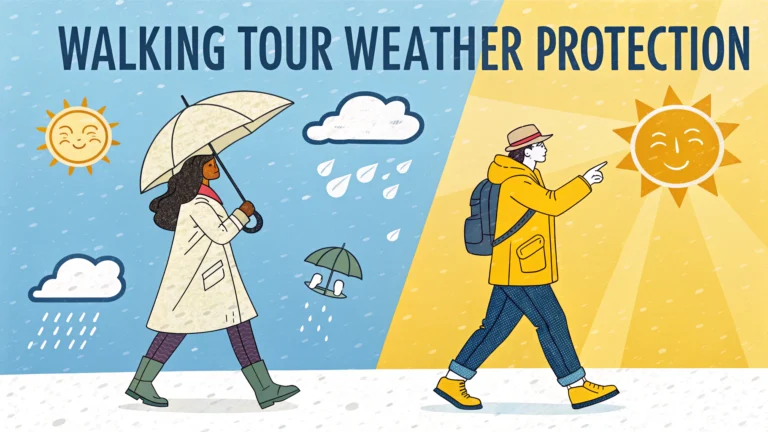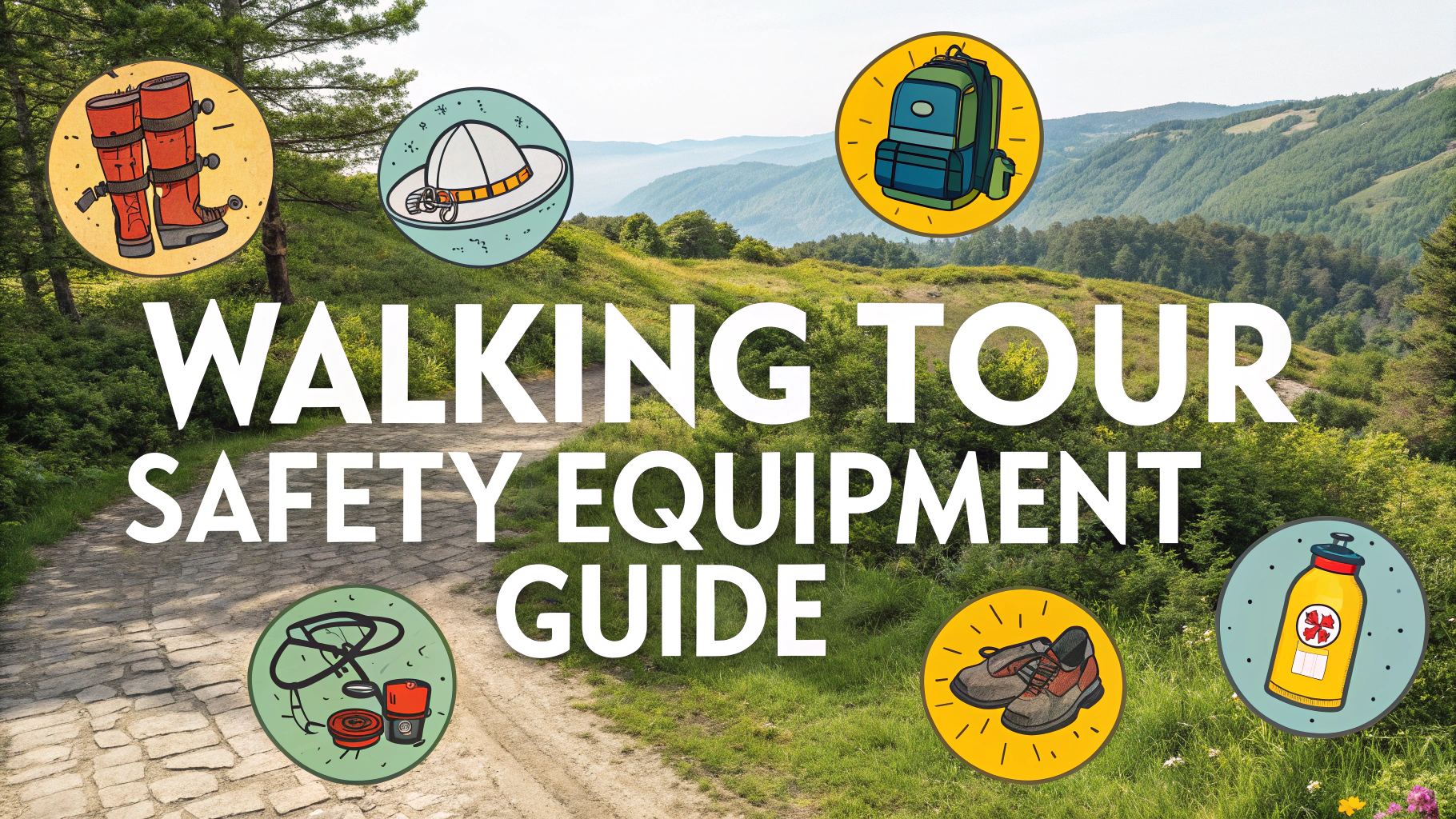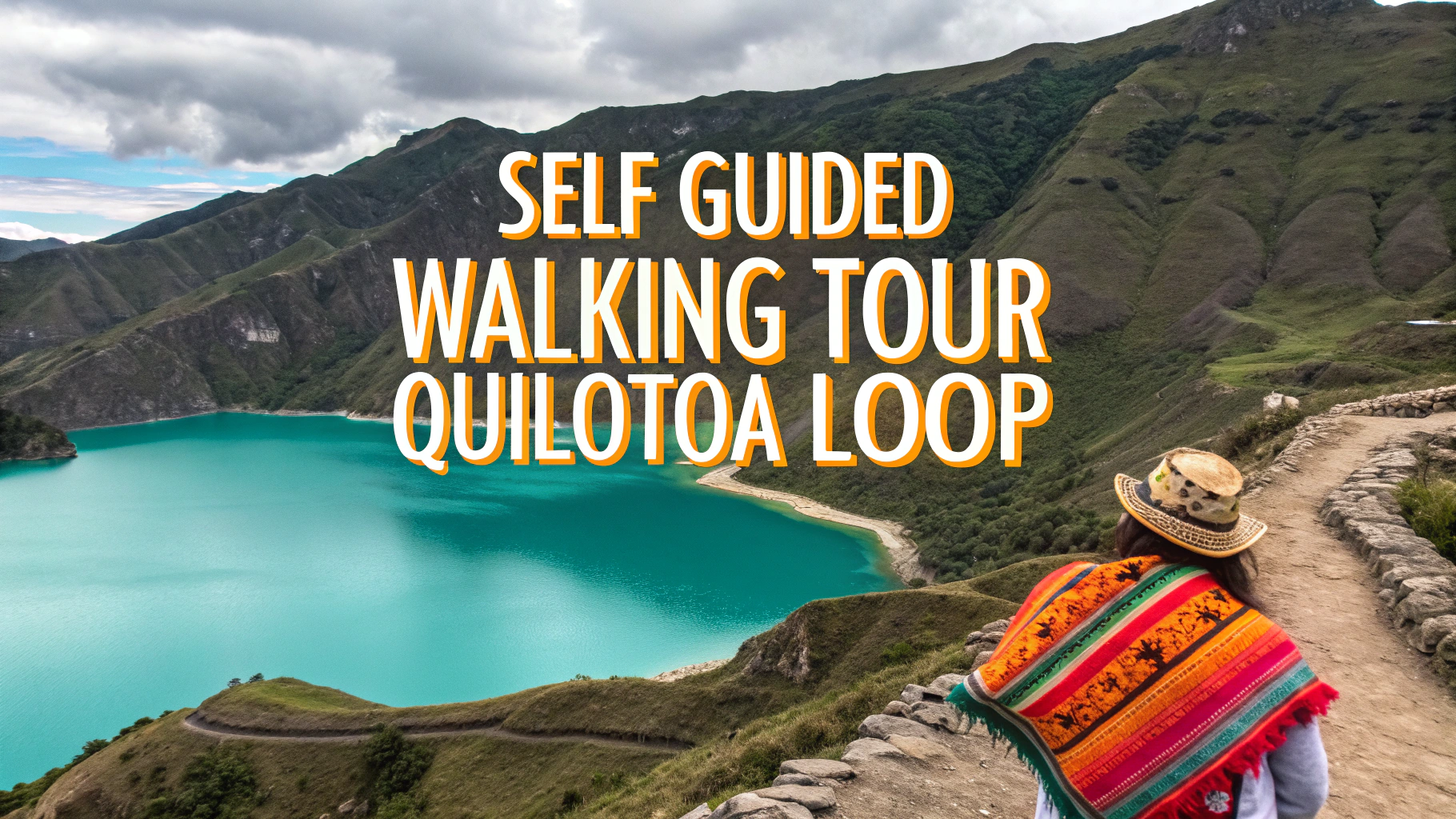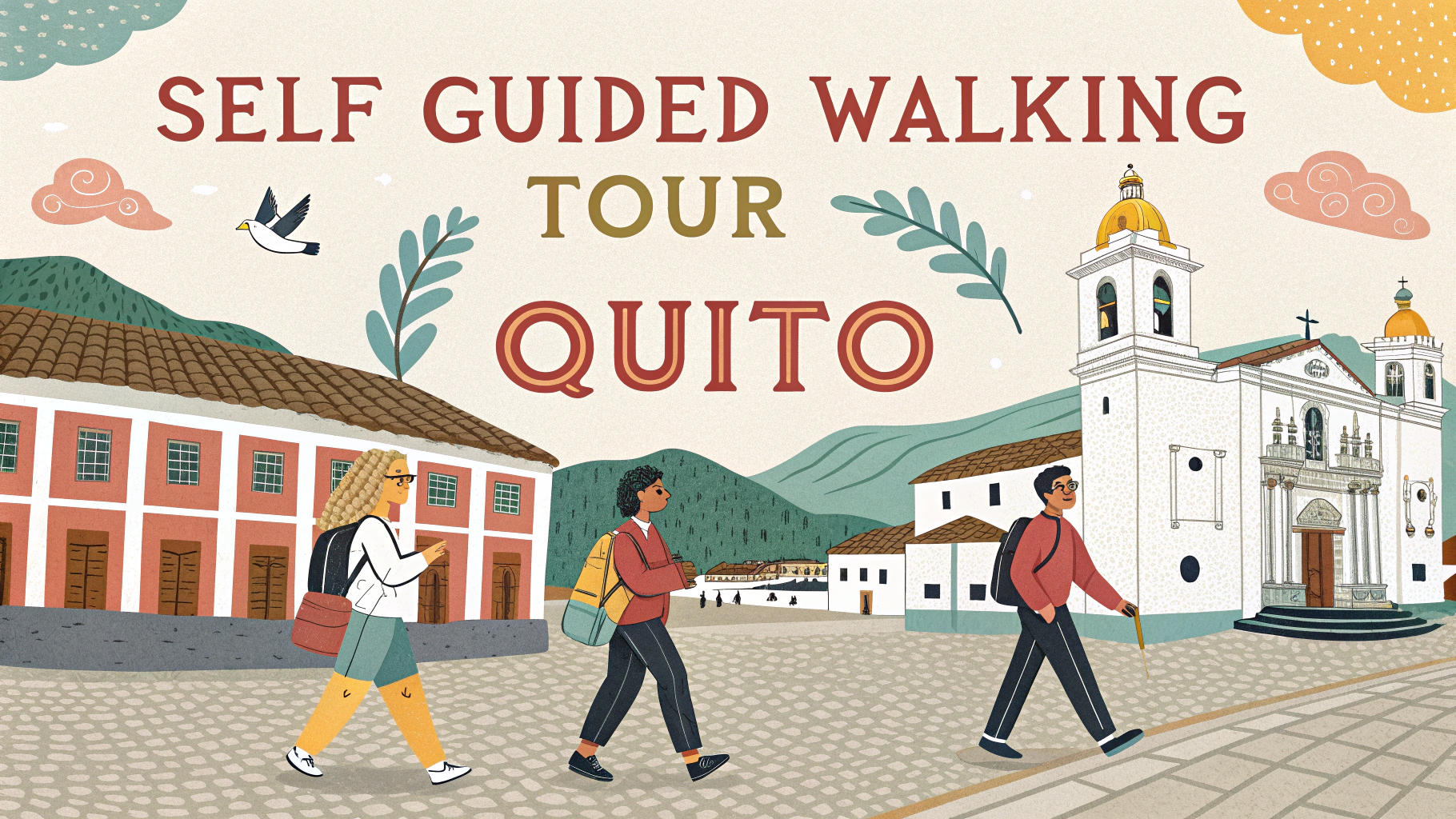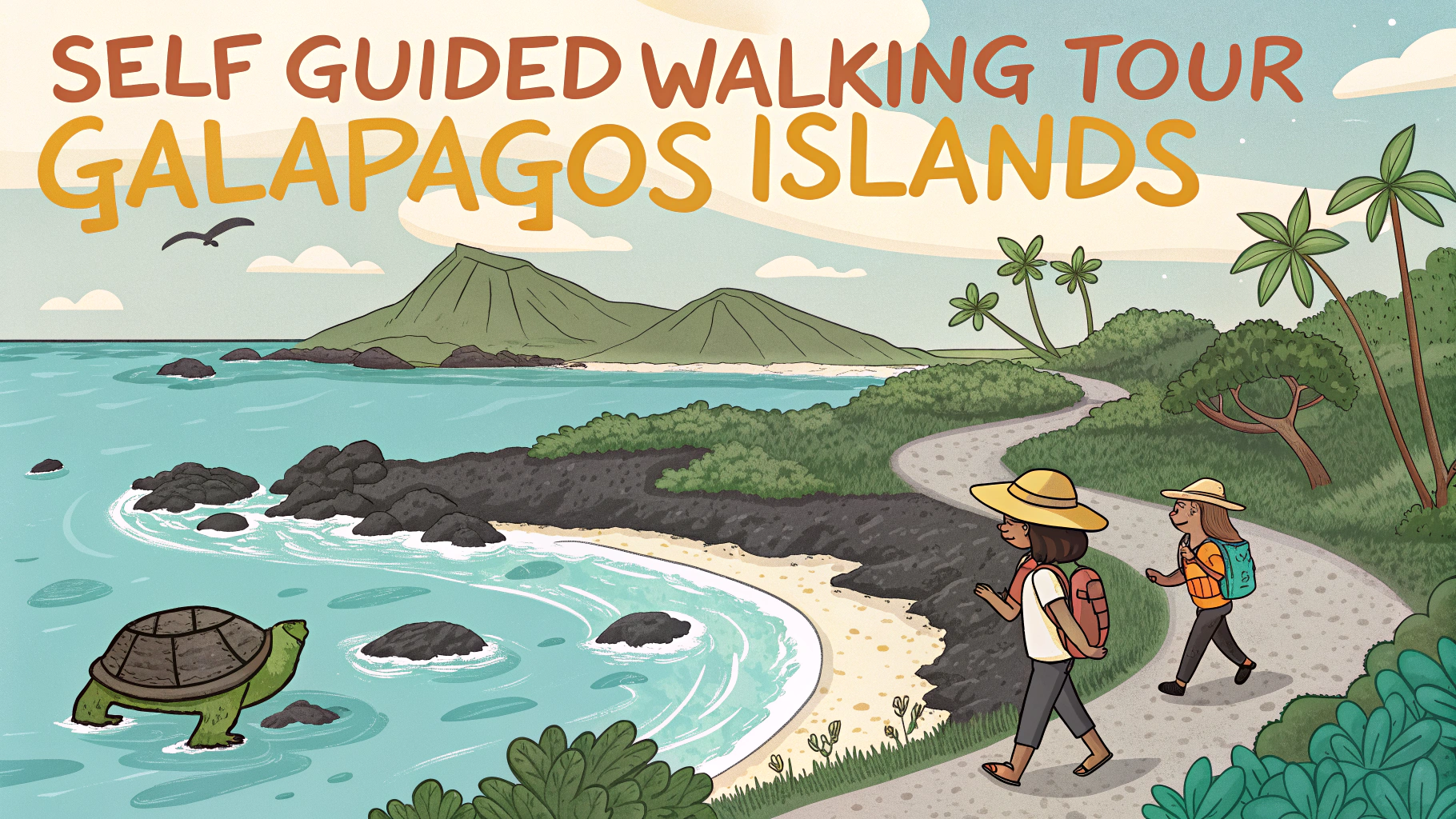Weather protection can make or break your walking tour experience, whether you’re exploring urban landscapes or hiking through nature trails.
Essential Weather Protection Gear
A lightweight, packable rain jacket serves as your first line of defense against unexpected showers.
- Waterproof shoes or boots with non-slip soles
- Compact umbrella that fits in a daypack
- Quick-dry clothing made from moisture-wicking materials
- Sun protection including hat, sunscreen, and sunglasses
Seasonal Considerations
| Season | Required Protection |
|---|---|
| Summer | Light, breathable clothing, sun hat, cooling neck wrap |
| Winter | Insulated jacket, thermal layers, waterproof boots |
| Spring/Fall | Layerable clothing, rain gear, windbreaker |
Smart Weather Planning
Download a reliable weather app like AccuWeather or Dark Sky for hour-by-hour forecasts.
- Check weather forecasts 24 hours before your tour
- Plan indoor backup stops along your route
- Schedule walking tours during optimal weather windows
- Map covered walkways and arcade routes in urban areas
Emergency Weather Protection Tips
Keep emergency ponchos in your daypack – they’re lightweight and take minimal space.
- Note nearby cafes and shops for temporary shelter
- Save local taxi numbers for unexpected weather changes
- Carry a waterproof phone case
- Pack small microfiber towels for quick drying
Recommended Gear Brands
- Rain Jackets: Columbia, Patagonia, The North Face
- Waterproof Boots: Merrell, Keen, Salomon
- Travel Umbrellas: Repel, GustBuster, Blunt
- Weather Apps: AccuWeather, Dark Sky, Weather Underground
Remember to adapt these recommendations based on your specific location and tour duration.
Temperature Management
Use the layering system: base layer (moisture-wicking), mid layer (insulating), outer layer (weather protection).
- Avoid cotton clothing which retains moisture
- Choose breathable synthetic materials or merino wool
- Pack lightweight layers that can be easily stored
- Consider zip-off convertible pants for variable conditions
Store this guide on your phone or print a compact version to reference during your walking tours.
Group Size Considerations
Weather protection strategies may vary depending on group size and composition during walking tours.
- Coordinate umbrella sizes to avoid crowding on narrow paths
- Establish weather-related meeting points for larger groups
- Assign weather watchers for group tours
- Share extra weather protection gear among group members
Urban vs. Nature Trail Protection
Urban Environment
- Map covered walkways and shopping arcades
- Identify public buildings for shelter
- Use public transportation as backup
Nature Trails
- Locate emergency shelters along the route
- Carry portable weather radio
- Pack additional protective gear
Tech Integration
Leverage technology for better weather preparation during tours.
- Use weather radar apps for real-time updates
- Share live location with emergency contacts
- Download offline maps with shelter points
- Set up weather alerts on your device
Conclusion
Proper weather protection enhances safety and enjoyment during walking tours. Regular checking of forecasts, appropriate gear selection, and smart planning ensure successful tours in various weather conditions. Stay flexible with plans and always prioritize safety over schedule.
- Review gear condition before each tour
- Update weather protection strategies seasonally
- Maintain emergency contact information
- Share weather safety protocols with all participants
FAQs
- What essential weather protection gear should I pack for a walking tour?
A lightweight, waterproof jacket with hood, quick-dry layers, moisture-wicking socks, a compact umbrella, sun protection (hat, sunscreen, sunglasses), and a waterproof backpack cover. - How can I protect my electronics and valuables from rain during a walking tour?
Use waterproof cases or zip-lock bags for phones and cameras, keep valuables in water-resistant pouches, and store items in a waterproof backpack or bag with rain cover. - What’s the best footwear for walking tours in different weather conditions?
Waterproof walking shoes or boots with good grip soles for wet conditions, breathable walking shoes for dry weather, and always wear moisture-wicking socks to prevent blisters. - How should I dress for a walking tour in hot weather?
Wear loose-fitting, light-colored clothing made from breathable fabrics like cotton or moisture-wicking materials, bring a sun hat, and layer with a light long-sleeve shirt for sun protection. - What precautions should I take for walking tours in cold weather?
Use the layering system (base layer, insulating layer, outer shell), wear a warm hat and gloves, bring a neck gaiter or scarf, and use thermal socks with waterproof boots. - How do I protect my walking tour map and guidebook from weather damage?
Use waterproof map cases or laminated maps, store guidebooks in waterproof pouches, or use digital versions on weather-protected devices. - What’s the best time to schedule a walking tour to avoid severe weather?
Check local weather patterns and schedule tours during the morning hours when weather tends to be more stable, avoiding afternoon thunderstorms in summer or peak heat hours. - How can I protect myself from wind during walking tours?
Wear windproof outer layers, use a buff or neck gaiter, wear wrap-around sunglasses for eye protection, and choose a streamlined backpack to reduce wind resistance. - What emergency weather protection items should I carry on walking tours?
Carry an emergency poncho, small first aid kit, emergency blanket, portable weather radio, and know locations of shelter points along your route. - How do I modify my walking tour when unexpected weather changes occur?
Have alternate indoor routes planned, know nearby shelter locations, be prepared to shorten the route, and always check weather forecasts before starting.
